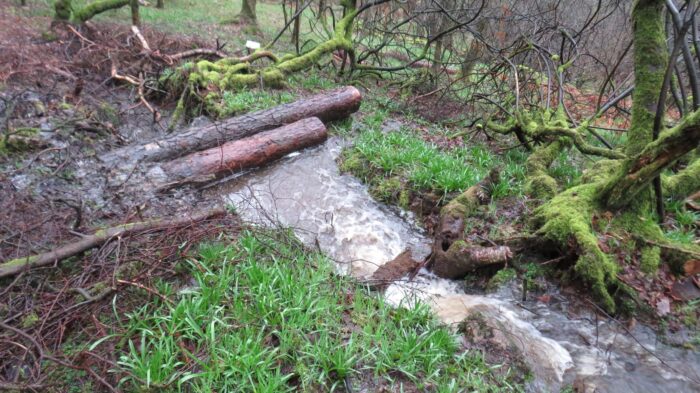water@leeds: Natural Flood Management

The water@leeds: Natural Flood Management (NFM) research cluster is a group of academics, post-doctoral researchers and PhD students interested in Natural Flood Management.
Natural Flood Management (NFM) is defined as the alteration, restoration or use of landscape features, to reduce flood risk. water@leeds: Natural Flood Management is an interdisciplinary research cluster, and our aim is to become a centre of excellence for NFM research through collaborative research (internally and externally). We are also training the next generation of graduate and postgraduate students, and actively work to ensure our science leads to real world impact.
Relevance
Climate projections for the UK suggest that total rainfall will increase in winter and decrease in summer, while individual rainfall events may increase in intensity, especially in winter. These phenomena point to a possible increase in flooding. This means that future flood risk depends on both economic development and environmental change. The UK’s current annual estimated flood damage cost is £1.1 billion.
Strategies for Natural Flood Management
NFM aims to reduce the downstream maximum water height of a flood (the flood peak) or to delay the arrival of the flood peak downstream, increasing the time available to prepare for floods. NFM strategies can be loosely classified by their likely location and distribution in a catchment. They rely on one, or a combination of the following underlying mechanisms:
- Storing water by using, and maintaining the capacity of ponds, ditches, embanked reservoirs, channels or land;
- Increasing soil infiltration, potentially reducing surface runoff, although this can be offset by greater subsurface flows. Free–draining soil will make saturation less likely, and evaporation from soil can also make space for water;
- Slowing water by increasing resistance to its flow, for example, by planting floodplain of riverside woods;
- Reducing water flow connectivity by interrupting surface flows of water.
